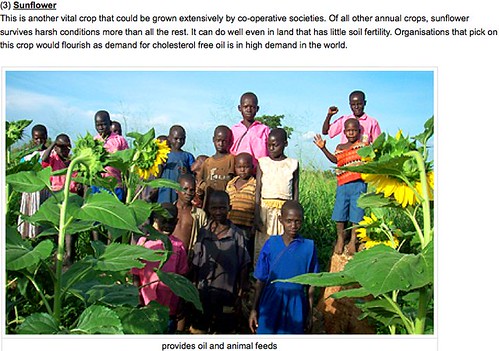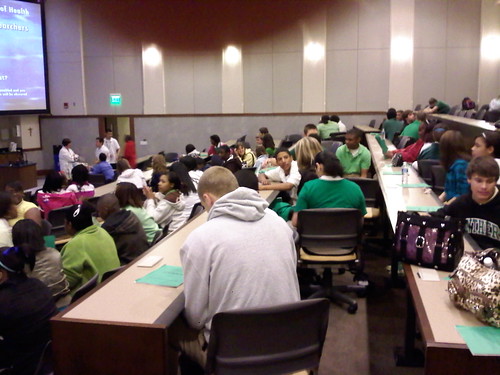This text and image is taken from a blog post of my friend and colleague Jokondino Okema. A teacher in the Gulu district of Northern Uganda, Jokondino is inspiring in his efforts to communicate regularly about a wide range of aspects of life in a war-affected, rural and relatively isolated region. Encouraging voices like Jokondino’s is the work of Global Voices, an organization that catalyzes and supports the deployment of new media to liberate and amplify the voices of those less often heard, especially those disadvantaged by the oppression of free speech. On May 6 and 7 they held their 2010 Summit in Santiago, Chile, and I was fortunate enough to be able to attend.
I work with BOSCO, an organization bringing wireless, solar powered, efficient ICT access and collaboration technology training to formerly Internally Displaced Persons of Northern Uganda. BOSCO was honored by Global Voices, Google and Reuters at this year’s GV Summit as recipient of the first annual Breaking Boarders Award in the technology category. Details are linked below.
What I saw in Santiago was a large number of persons dedicated to revolutionary change in citizen empowerment, riding a powerful new wave of technological support. I was really honored just to be there.
Breaking Borders Award: Winners announced
Official Google Blog: Honoring those who give voice to the silenced
Global Voices: Announcing the Breaking Borders Award Winners
BOSCO Uganda: Press Release
BOSCO Uganda: Award Acceptance Speech, Archbishop of Gulu, John Baptist Odama
Here are some images (from GV photographers) from the event:







